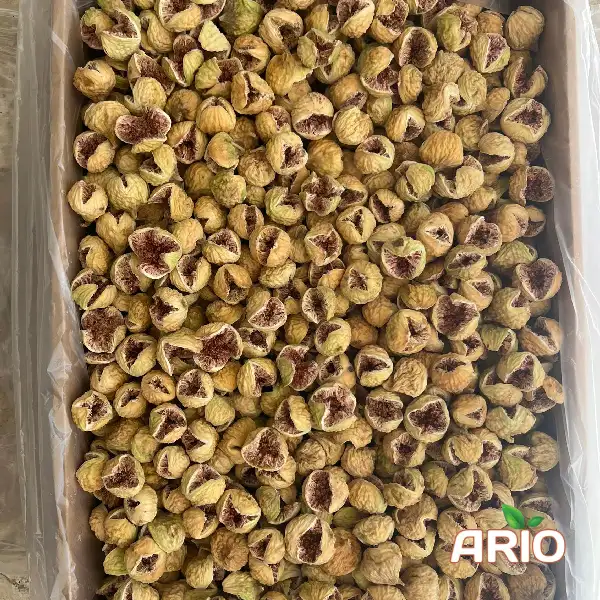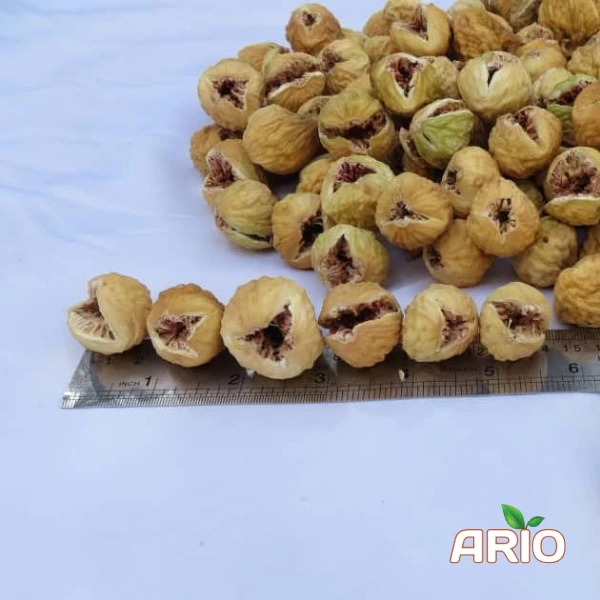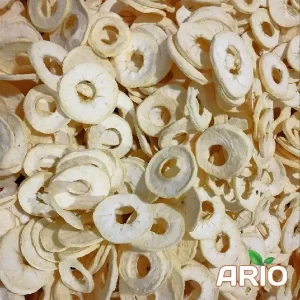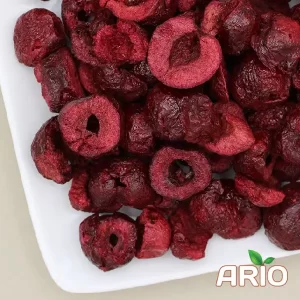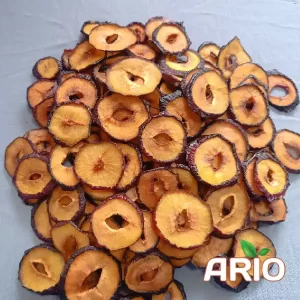This guide walks you through everything from varieties and nutritional value to international sourcing strategies. Whether you’re an importer, health food manufacturer, or procurement professional, the knowledge here provides a critical edge in a competitive market.
Understanding Dried Figs: Definition and Cultural Significance
Dried figs are the dehydrated form of the fig fruit (Ficus carica), known for their chewy texture, natural sweetness, and dense nutritional profile. Cultivated for millennia, figs hold cultural and economic importance across the Middle East, Mediterranean, and Central Asia.
Dried Fig slices
Iran, Turkey, and Afghanistan are among the leading producers. These countries not only supply global markets but also maintain traditional farming practices that ensure unique taste profiles and diverse varieties.
Looking for more dried fruit options? Click here to explore.
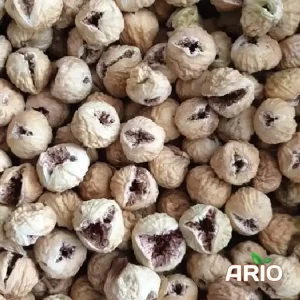
Varieties and Grading Standards of Dried Figs
The global market recognizes several types of dried figs, each suited for different uses and buyer preferences.
1. Recognized Dried Fig Varieties
- Lerida – Flattened, sun-dried figs often used in retail packaging
- Garland – Carefully strung for decorative or gifting purposes
- Pulled and Protoben – Typically higher moisture content for culinary use
- Cracked and Basket – Used in lower-cost or processed food applications
- Afghani Style – Naturally dried in traditional setups, known for unique aroma
2. Size and Quality Grading
Grading follows standardized criteria, especially for export. Sizes are often classified by the number of fruits per kilogram (e.g., 41/50, 51/60). Appearance, moisture content, and absence of infestation are primary quality indicators, monitored through certifications like ISO, HACCP, and phytosanitary reports.
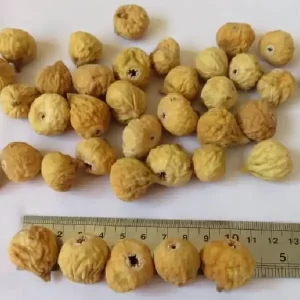
Global Producers and Export Trends
Turkey remains the dominant exporter, accounting for nearly 60% of global dried fig exports according to Mordor Intelligence, 2023. Iran and Afghanistan follow with strong regional demand and growing quality standards.
Country-wise Export Profiles
- Turkey – Known for large-scale commercial operations and established EU markets
- Iran – Offers diverse varieties and competitive pricing
- Afghanistan – Specializes in organic and traditionally dried products
- Morocco and Egypt – Serve niche markets with regionally unique cultivars
Nutritional Profile and Scientific Health Benefits
Dried figs are rich in dietary fiber, potassium, iron, magnesium, and essential vitamins like A, B1, B2, and K. According to the USDA, a 100g serving provides approximately 249 calories, 9.8g of fiber, and 15% of the recommended daily calcium intake.
Evidence-Backed Health Advantages
- Digestive Health – High fiber aids bowel regularity
- Bone Strength – Contains calcium and magnesium in bioavailable forms
- Blood Pressure Support – Potassium helps balance sodium intake
- Antioxidant Action – Polyphenols contribute to reducing oxidative stress
Industrial and Culinary Applications
Dried figs are not just eaten as snacks. They serve critical roles across multiple industries.
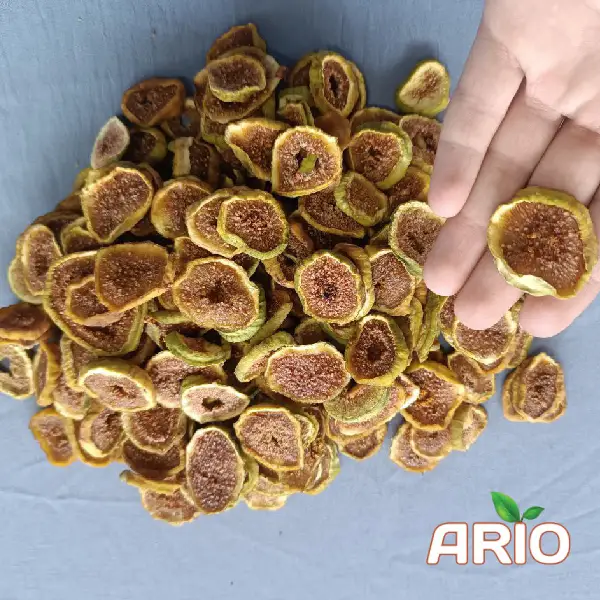 Dried Fig slices
Dried Fig slices
Application Areas
- Bakery and Confectionery – Used in energy bars, pastries, and fig rolls
- Health Supplements – Incorporated into powders and wellness foods
- Culinary Use – Rehydrated for sauces, chutneys, or meat pairings
- Functional Foods – Integrated into low-sugar and fiber-rich product lines
Importing Dried Figs: Key Procurement Considerations
Importers must evaluate more than just price when sourcing dried figs. Quality assurance, traceability, and regulatory compliance are vital.
Procurement Checklist
Verify certifications (ISO, Organic, HACCP)
Assess shelf life and storage requirements
Ensure phytosanitary clearance and customs documents
Review supplier reliability through trade references or sample testing
Global Market Trends and Pricing Overview
Pricing is influenced by harvest conditions, climate, and demand from major buyers like India, Europe, and North America. In 2024, the average export price for Turkish dried figs was $3.10–$4.20/kg (FOB), while Iranian figs offered competitive alternatives around $2.80–$3.60/kg.
Choosing the Right Supplier: Strategic Factors to Evaluate
Quality, consistency, and responsiveness are as crucial as pricing in supplier selection.
Supplier Evaluation Criteria
Track record in international trade
Consistency in product grading
Transparent communication and logistics support
Capacity to fulfill bulk orders year-round
Establishing long-term relationships with vetted suppliers can reduce risks and improve overall sourcing efficiency.
 Iranian Dried Fig Slices
Iranian Dried Fig Slices
Final Thoughts
Dried figs represent a high-potential product in both health and trade sectors. By understanding their varieties, sourcing requirements, and global market trends, procurement professionals and buyers can make informed, strategic decisions.
Dried Fig slices
FAQ: Dried Fig Questions Answered
Lerida, Garland, Protoben, Pulled, and Afghani Style are the most commonly exported varieties.
Turkey, Iran, and Afghanistan are the top exporters globally.
Properly stored, dried figs can last 12–18 months without refrigeration.
Yes, soaking in warm water for 1–2 hours restores softness for culinary use.
Keep them in airtight packaging, away from light and humidity.

